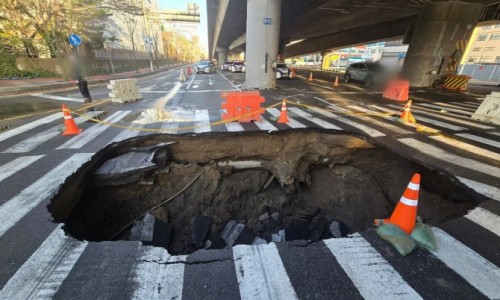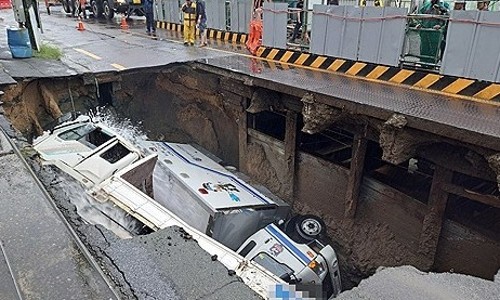Table of Contents
- Continuing subway construction delays… Sasang~Hadan Line extended by one year
- “Construction extension” is a recurring formula… A chronic problem of SOC projects
- Frequent sinkholes and design changes… Residents’ anxiety continues
- Completion rates vary… Remaining processes are not easy
- Unreformed responsibility system, recurring damages
- Conclusion: Dreaming of SOC projects that finish on time
- Frequently Asked Questions (FAQ)
Continuing subway construction delays… Sasang~Hadan Line extended by one year
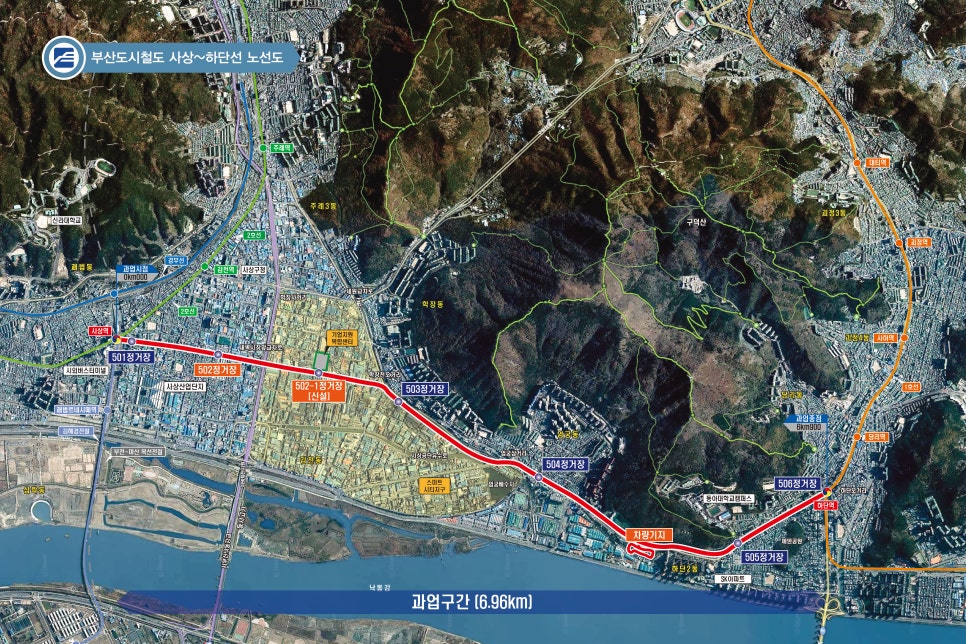
The completion schedule for the Sasang~Hadan Line construction project currently underway in Busan has been extended once again. Originally slated to open at the end of 2026, the construction period has been extended by another year to December 2027 due to increased project costs and design changes among other factors. Given the follow-up procedures such as test operations, the actual opening date is likely to be postponed to 2028.
As a result, this project has become a long-term endeavor spanning 17 years since its planning in 2010. Contrary to the expectations of Busan citizens, the reality always proves the saying “it is later than expected.” This situation has disappointed many, and interest in the future progress is expected to grow.
“Construction extension” is a recurring formula… A chronic problem of SOC projects
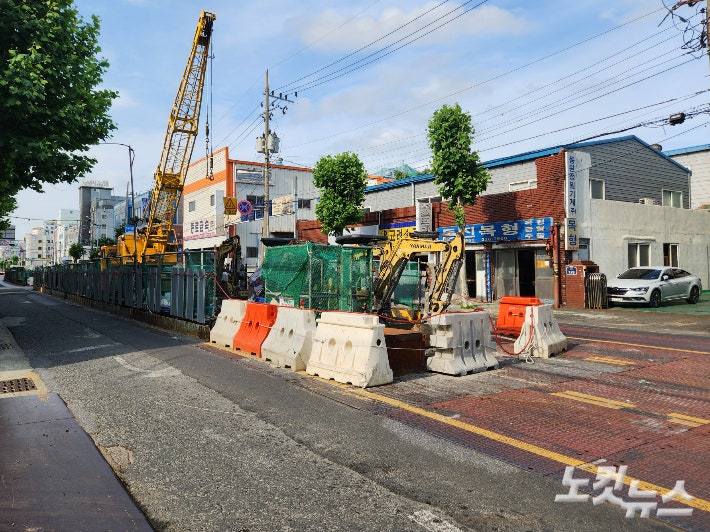
The Busan urban railway project is not just a problem limited to this project. Large-scale social overhead capital (SOC) projects underway in the country are plagued by chronic issues of construction delays and budget overruns. There are hardly any projects like highways, airports, railways, and subways that are completed within the scheduled time. The Sasang~Hadan Line project is also experiencing these difficulties.
The total cost of this project has risen from the original 831.7 billion won by an additional 136.6 billion won to reach 968.3 billion won. The Busan Transportation Corporation explains that the frequent design changes in the construction section and the delay in the review period by the Ministry of Economy and Finance are the causes for the delays; however, it can be said that the mismanagement of the initial plan and failure of predictions are the root problems. This situation is expected to negatively impact future SOC projects as well.
Frequent sinkholes and design changes… Residents’ anxiety continues
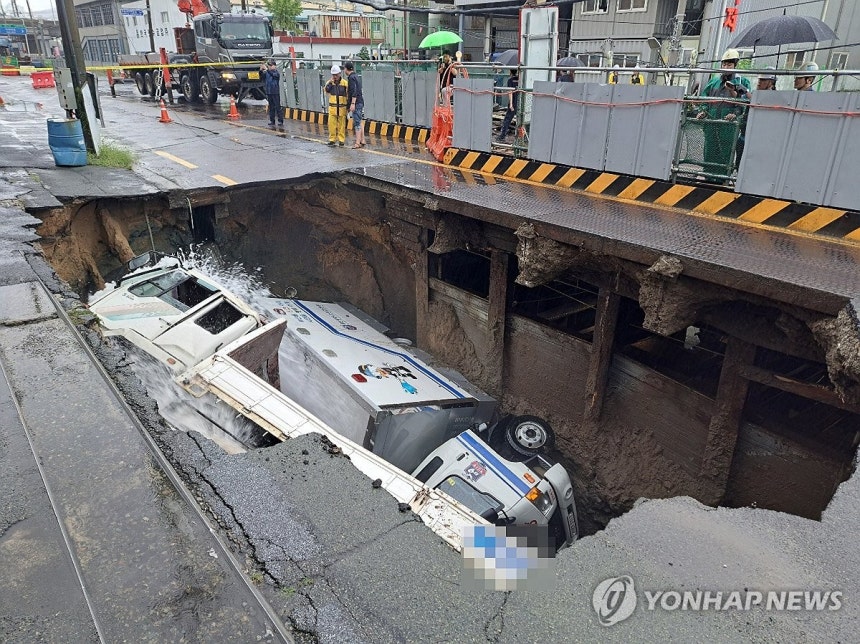
What is concerning even more is the frequent sinkhole incidents that have occurred during the construction period. From 2023 to the first half of 2025, more than 14 sinkholes occurred around the Sasang~Hadan Line construction, some severe enough for trucks to fall into the ground.
Particularly, in the area of section 2, sinkhole incidents occur repeatedly every year, causing some residents to report structural damages such as cracks in their homes, tilting, and leaking pipes. The anxiety and anger expressed at resident meetings should be recognized as a matter directly related to their right to live rather than mere complaints.
Investigations by the audit committee have also pointed out that the causes are not merely due to heavy rains but rather due to poor construction and lack of oversight. This indicates a serious situation where not only was safety not guaranteed during the construction period, but the fundamental safety of the project itself has been compromised. Such issues suggest that additional measures and improvements will be necessary in the future.
Completion rates vary… Remaining processes are not easy
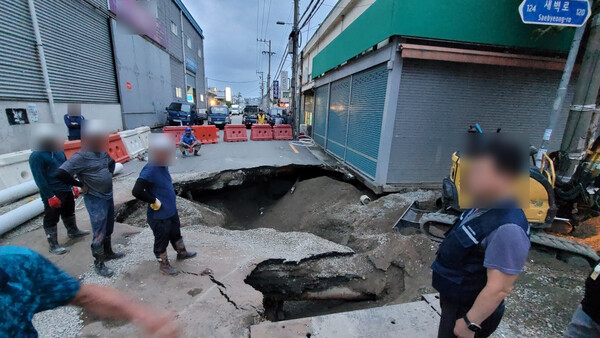
As of late June 2025, the overall completion rate reached 73.2%. However, some sections remain lingering in the 50% range, raising concerns. In particular, section 4 has a completion rate of only 57.1%, significantly affecting the overall project schedule.
On the other hand, sections 2, 3, and 5 show progress rates of over 80%, but subsequent work such as electrical and communication systems remains. After all sections are completed, procedures such as test operations, safety inspections, and operational permits will be required, which are expected to take at least more than six months.
Considering all these factors comprehensively, there are many opinions that opening at the end of 2027 will realistically be difficult. While we hope that the entire project proceeds smoothly, it is true that uncertainties remain high given the current circumstances.
Unreformed responsibility system, recurring damages

Currently, despite project delays and safety issues, no responsible institution is visible. Residents who have suffered damages complain that when they contacted the Busan Transportation Corporation, they only received the response of "aging housing issues." In addition, issues regarding sinkhole compensation are being avoided with answers stating that they are "under review" without specific guidelines.
Citizens' inconveniences must no longer be ignored with “it cannot be helped” mentality. To restore the broken trust, transparency in the project implementation process, along with accountable administration, is urgently needed.
Conclusion: Dreaming of SOC projects that finish on time
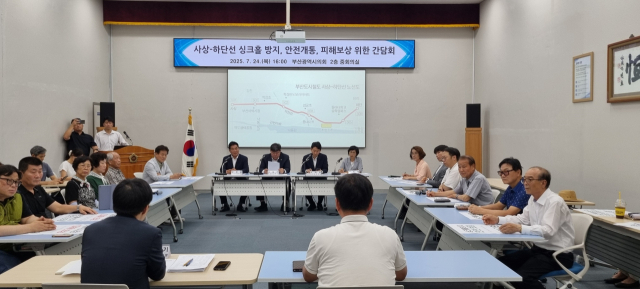
The Sasang~Hadan Line is an important project for balanced development in the western Busan area. However, over the past decade, this project has faced difficulties due to delays, changes, accidents, and budget increases.
Will we truly be able to experience the real operation by 2028? Although another delay seems likely, we now have high hopes for a case of “on-time completion.”
The achievements that citizens can tangibly feel do not stop at the planning stage but begin at the stations that are actually opened. Therefore, people’s expectations are growing lately.
#SasangHadanLine, #BusanSubwayLine5, #BusanUrbanRailway, #SasangSubway, #HadanSubway, #BusanSOCProject, #SubwayConstructionExtension, #Sinkhole, #BusanTransportationCorporation, #UrbanRailwayDelay, #ConstructionCostIncrease, #SOCDelay, #BusanBalancedDevelopment, #BusanSubwayOpening, #BusanWestDevelopment, #SasangHadanLineOpening, #BusanSubwayNews, #BusanResidentAnxiety, #SOCBudget, #SubwayDesignChange, #ConstructionPeriodExtension, #BusanSinkhole, #BusanRailway, #ConstructionSiteAccident, #UrbanRailwayIssues, #SOCAdministrativeDelay, #BusanSOCDelay, #BusanSubwayPlans, #BusanConstructionPostponement, #BusanCityCriticism
Frequently Asked Questions (FAQ)
Q. How has the completion schedule for the Busan Subway Line 5 Sasang~Hadan Line changed?
The completion date for the Busan Subway Line 5 Sasang~Hadan Line has been extended by one year to December 2027, with the actual opening expected in 2028.
The city of Busan has extended the completion date for the urban railway Sasang~Hadan Line construction project to December 2027. The project has been delayed for about a year from the previously scheduled end of 2026, and considering follow-up procedures such as test operations and safety inspections, the actual opening is likely to be in 2028. As a result, this project has become a long-term project lasting approximately 17 years since its planning in 2010.
Q. What are the causes of the delays and cost increases in the Sasang~Hadan Line project?
Delays and cost increases are due to design changes, poor initial planning, and delays in the Ministry of Economy and Finance's review.
The Busan Transportation Corporation attributes the cause of delays to frequent design changes in the construction section and delays in the review period by the Ministry of Economy and Finance. However, fundamentally, the poor initial planning and failure in predictions are the biggest issues. As a result, the total project cost which was originally 831.7 billion won has increased by 136.6 billion won to 968.3 billion won, and the project schedule has also significantly extended beyond the original plan.
Q. What is the status of the sinkhole issues that occurred in the construction section?
More than 14 sinkholes have occurred since 2023, resulting in serious resident damage and anxiety.
Especially in section 2, there have been repeated sinkholes annually, with serious incidents where trucks fell into the ground. Residents are expressing significant anxiety regarding the structural damages such as cracks in their homes and leaking pipes. An investigation by the audit committee has identified poor construction and lack of supervision as the main causes of the sinkholes, indicating a pressing need for safety issue resolution and additional measures.
Q. What is the current progress of construction and what processes remain?
As of 2025, the construction completion rate is approximately 73.2%, with some sections progressing slowly in the 50% range.
Section 4 has a relatively low completion rate of 57.1%, affecting the overall schedule. In contrast, sections 2, 3, and 5 are over 80% completed but have subsequent works remaining such as electrical and communication installations. After all sections are completed, procedures such as test operations, safety checks, and operational permits will take at least over six months, making it realistically difficult to open by the end of 2027.
Q. How are local residents being addressed regarding sinkholes and damages?
Residents are avoiding concrete responses regarding compensation and accountability.
Residents who have suffered damages complain that they only receive responses like "aging housing issues" when they contact the Busan Transportation Corporation and express dissatisfaction with the lack of concrete guidelines regarding sinkhole compensation, stating they are "under review." These issues point to unclear accountability and inadequate administrative responses, demanding responsible governance and transparent measures to restore trust.
